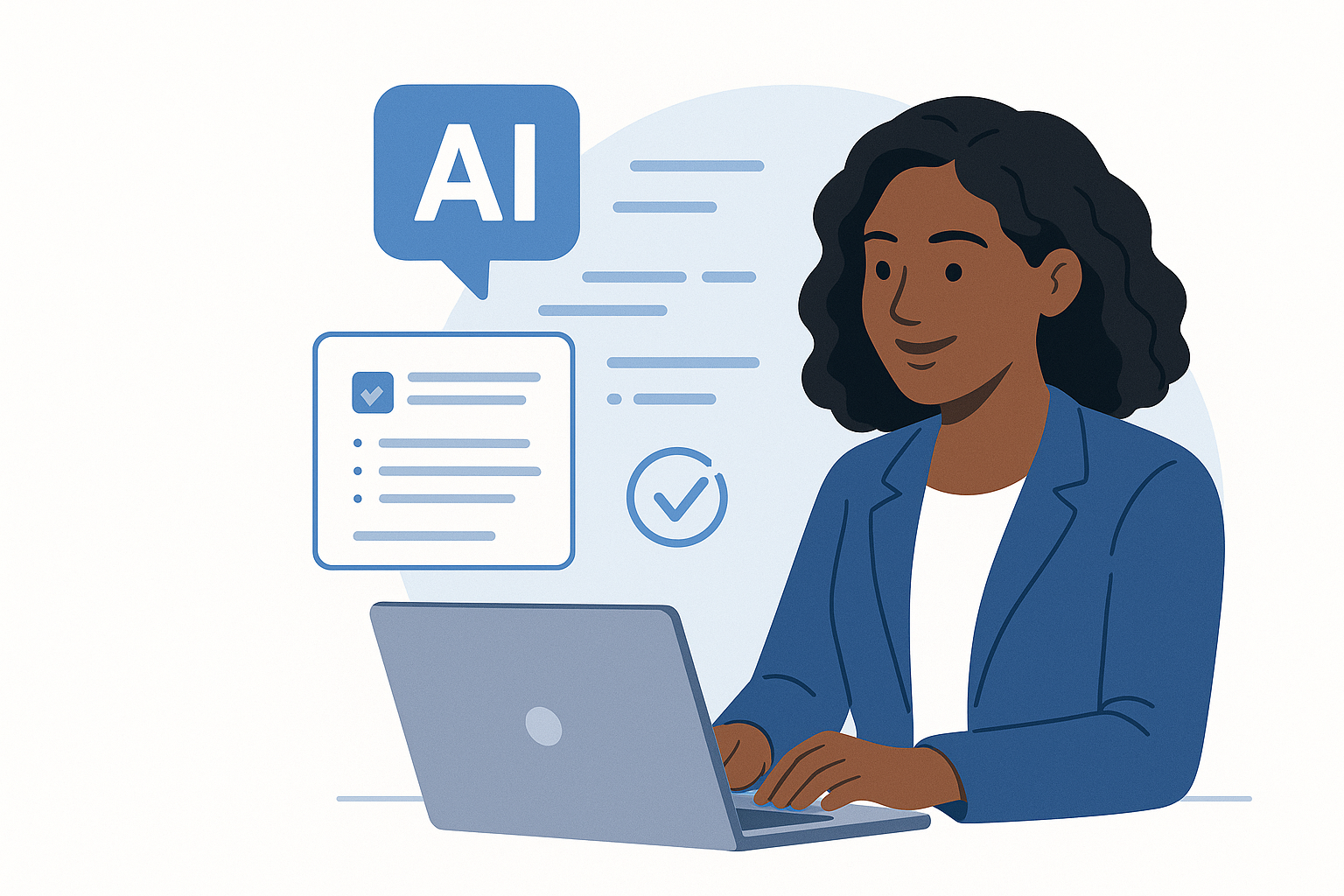Create Compliant, Defensible Remediation Plans with
AI-Powered Assistance
Drafting a remediation plan is a high-stakes responsibility. Ensure your documentation meets all organizational, ethical, and legal standards with the Telehealth Certification Institute’s AI Remediation Plan Builder—a specialized tool designed to guide supervisors and professors through a comprehensive, compliant documentation process.



